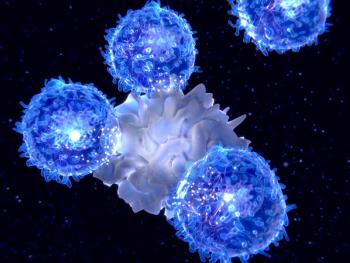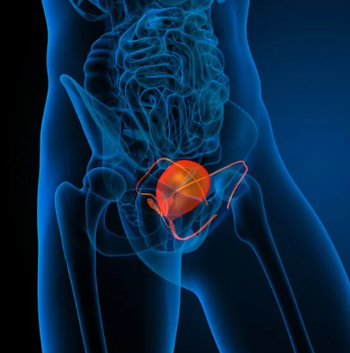
Examining Developments in Safe Administration of Nuclear Agents
Thomas Hope, MD, believes that an NRC initiative to update infiltration guidelines may organically address concerns that H.R. 2541 outlines.
In an interview with CancerNetwork®, Thomas Hope, MD, suggested that the Nuclear Regulatory Commission (NRC), which oversees radioactivity and the safety of nuclear medicines in the US, may already be working on an initiative addressing the concerns outlined in the Nuclear Medicine Clarification Act of 2025, or H.R. 2541.1,2
Initially, Hope outlined the distinction between acute toxicities that arise from imaging agents, which are infrequent and easily managed, and potentially high extratumoral toxicities caused by therapeutic agents. He expressed that research is ongoing to explore the relationship between radioactive dose and intensity and developments of these toxicities.
Furthermore, regarding the NRC initiative, Hope expressed the ongoing process was already exploring infiltration processes, as well as potential amendments to radiopharmaceutical guidelines, despite the introduction of the bill. Considering the reasoning behind H.R. 2541 to be biased, he shared his belief in allowing the NRC process to run its course to see what recommendations arise.
Transcript:
I'm going to focus, here, on therapies. There are 2 broad categories in nuclear medicine: imaging agents and therapeutic agents. Imaging agents in terms of acute toxicity is [quite] rare, but therapies, on the other hand, do have toxicities. We administer relatively high doses of radioactivity, they go into the body, and they hopefully go to treat the tumor, but they also go to the liver, the kidneys, the bone marrow, et cetera. There's a ton of work going on right now to understand the relationship between that radioactivity—the energy that's deposited—and the subsequent development of toxicity.
Many research groups are trying to understand that relationship so that we can better prepare and understand which patients may or may not have these subsequent, what I would call, systemic toxicities. That is not very common, but that happens in [approximately] 10% of patients. We need to understand what's going on with that, and that is much more imperative for us to understand moving forward.
The other thing, here, that's important to keep in mind is that [H.R. 2541] is being pushed through for specific reasons, but it disregards a natural process that’s going on. The NRC, the national regulatory oversight committee that manages radioactivity and safety in the US, is reviewing infiltration processes, reporting guidelines, et cetera. They are going to come up with a set of guidelines next year to take into account various parties, influences, and ideas to see the best way to do something about this. [H.R. 2541] is overstepping that and, in essence, trying to legislate and force people to do something for what I would consider biased reasons, whereas the normal process is ongoing right now. I would recommend considering letting that move forward in its normal path to see what those recommendations come out to be.
References
- H.R.2541 - Nuclear Medicine Clarification Act of 2025, 119th Cong (2025). Updated April 1, 2025. Accessed October 17, 2025. https://tinyurl.com/33n97vjr
- US Nuclear Regulatory Commission. Rulemaking: Reporting nuclear medicine injection extravasations as medical events. Accessed November 12, 2025. https://tinyurl.com/mryrxacd
Newsletter
Stay up to date on recent advances in the multidisciplinary approach to cancer.






















































































